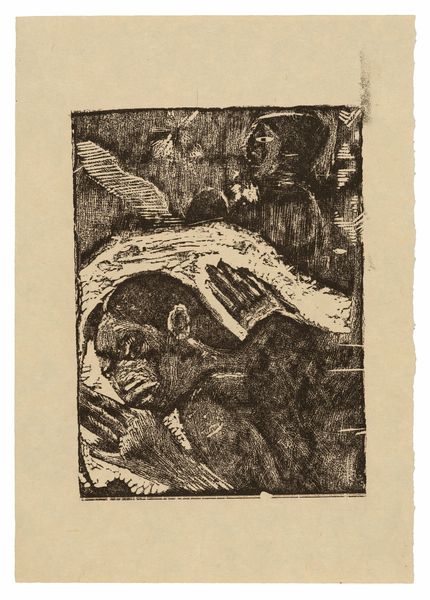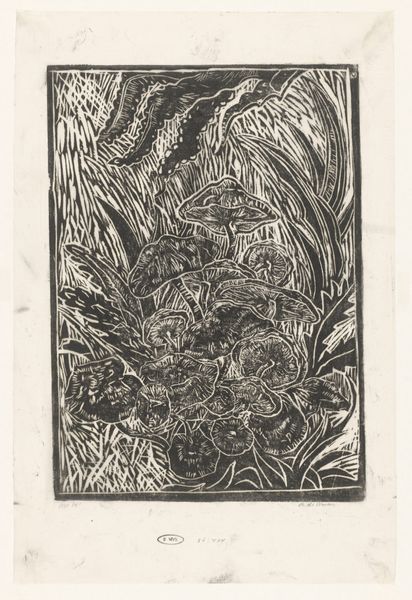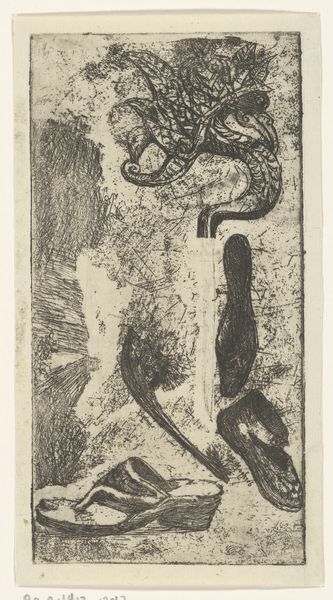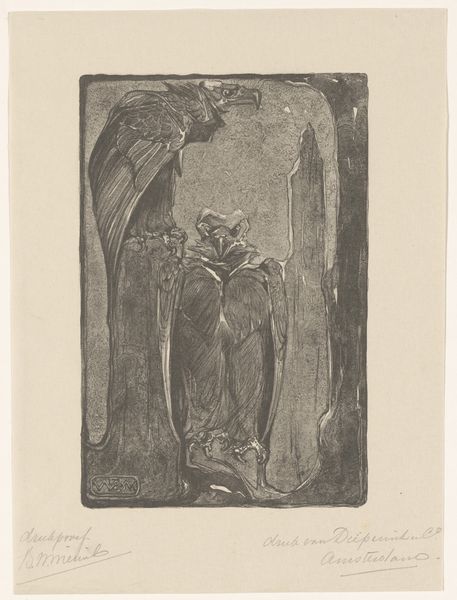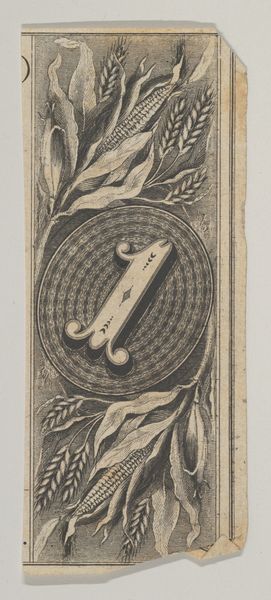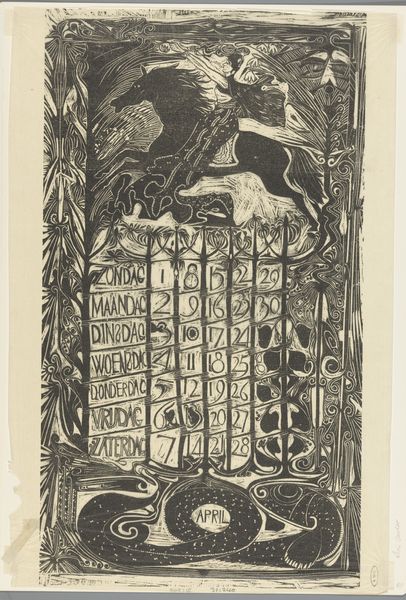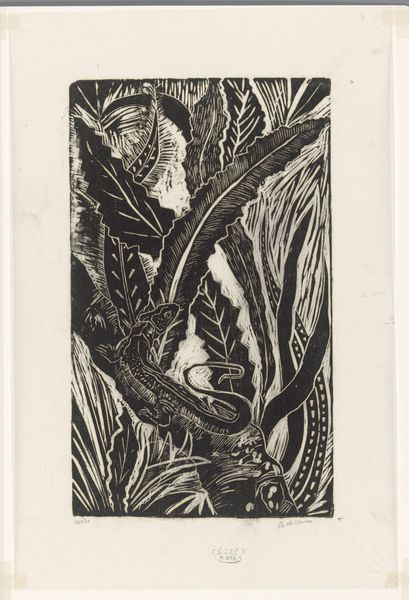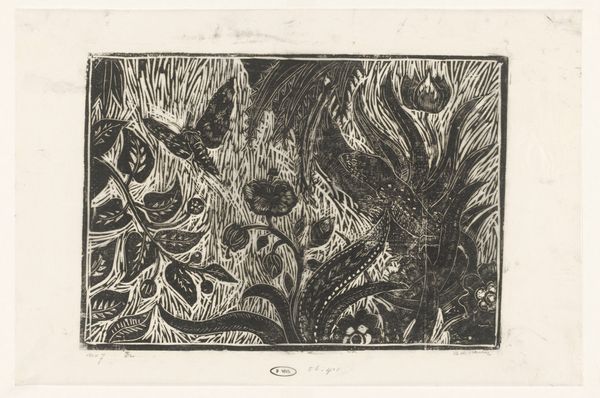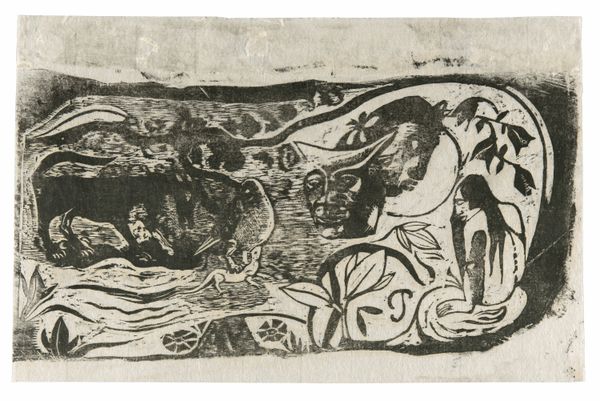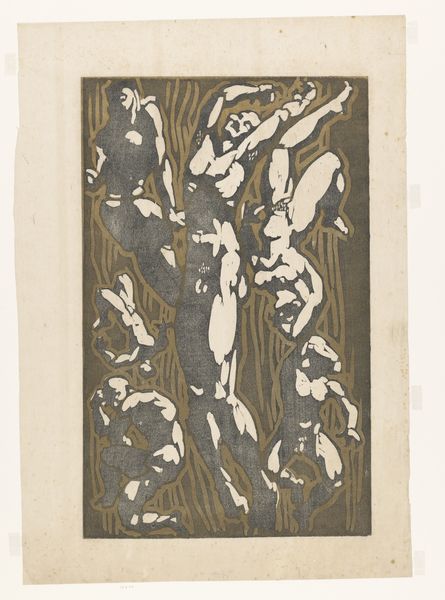
Unknown subject (Let Him look up into the Heaven and laugh in the bright air) c. 1805
0:00
0:00
print, engraving
#
narrative-art
# print
#
figuration
#
romanticism
#
engraving
Copyright: National Gallery of Art: CC0 1.0
Editor: So, here we have William Blake's engraving, "Unknown Subject (Let Him look up into the Heaven and laugh in the bright air)," created around 1805. It's got this really striking composition, almost like two mirrored scenes with a band of geometric shapes separating them. The figures look trapped. What do you see in this piece, looking at it through an activist lens? Curator: It's fascinating how Blake uses the print medium to explore themes of oppression and liberation. I see this piece as a powerful critique of the structures – both societal and internal – that confine the human spirit. Note how the mirroring creates a sense of repetition, perhaps symbolizing cycles of control. The band with the geometric shapes could represent the rigid systems of power imposing themselves on individual bodies. How does Blake use religious or mythological context to enhance the themes of oppression? Editor: That’s interesting, I didn't catch the cyclical element initially. The figures, with their anguished expressions, almost feel like they are pleading for release. Maybe the geometric shapes represent societal laws or religious doctrines, acting as barriers to freedom? Curator: Exactly! Blake was deeply critical of institutionalized religion and oppressive social norms. Consider the title – "Let Him look up into Heaven and laugh in the bright air". It’s an active call for rebellion, urging the figures to break free from their constraints. Do you see connections between this yearning for liberation and the Romantic movement’s broader emphasis on individual expression? Editor: Definitely! There's a clear romantic sensibility in the focus on emotion and the yearning for something beyond the material world. So, Blake is not just depicting suffering but actively advocating for a transformed social consciousness? Curator: Precisely. Blake is urging his viewers, and perhaps himself, toward critical consciousness. And I feel that’s a crucial point when experiencing art. What one thing can we do with Blake's view of society? Editor: See our personal potential for a free and fair world. Thanks, that was a fresh, engaging perspective. Curator: Thanks for your open mind, together we can change the world!
Comments
No comments
Be the first to comment and join the conversation on the ultimate creative platform.

